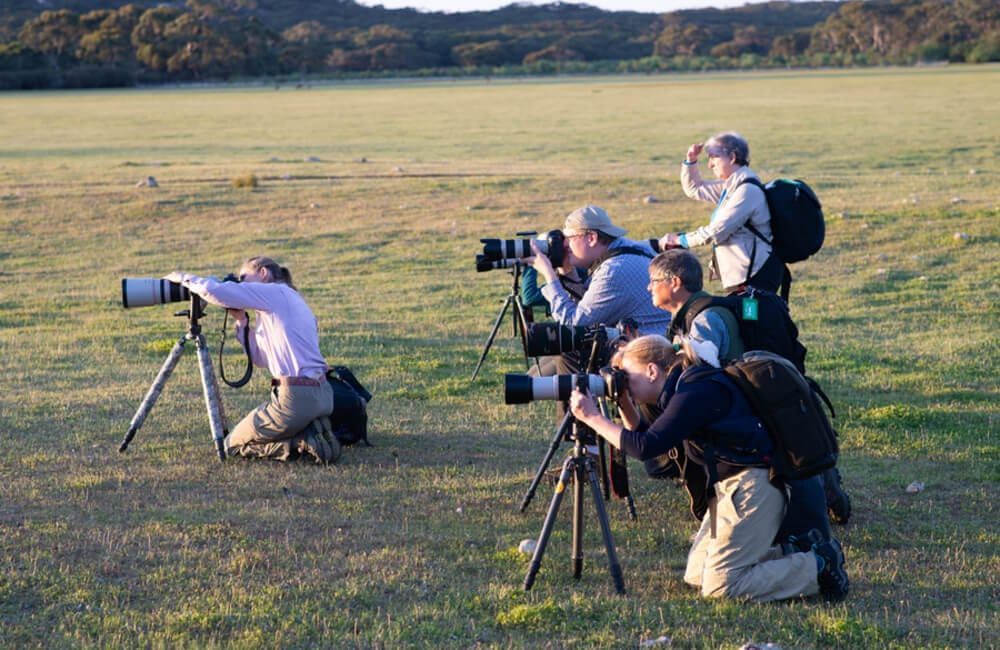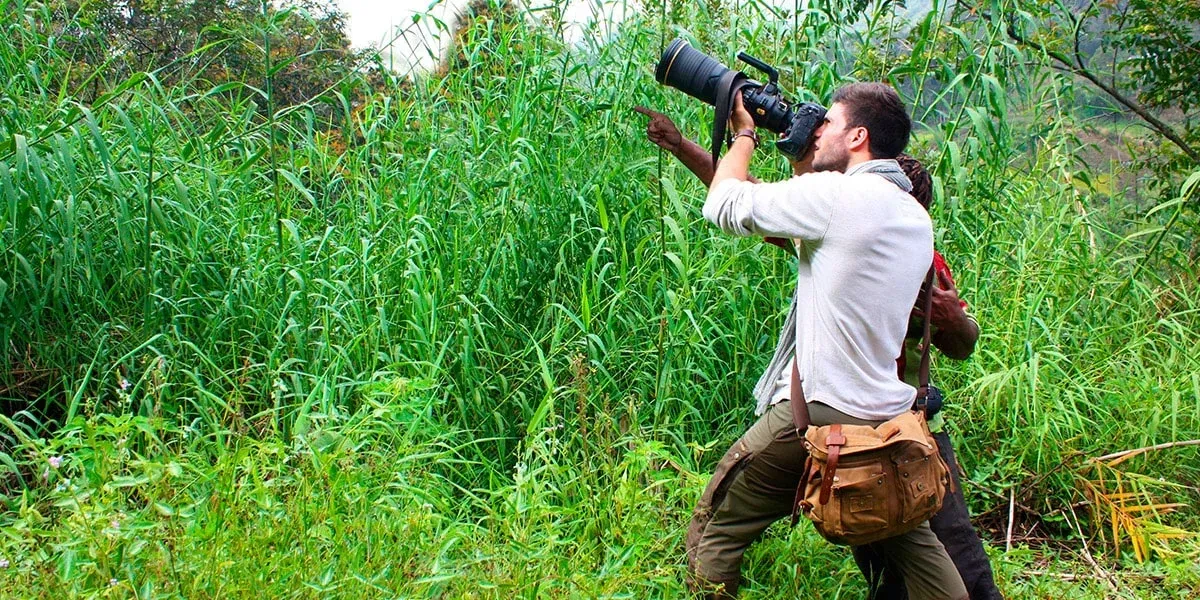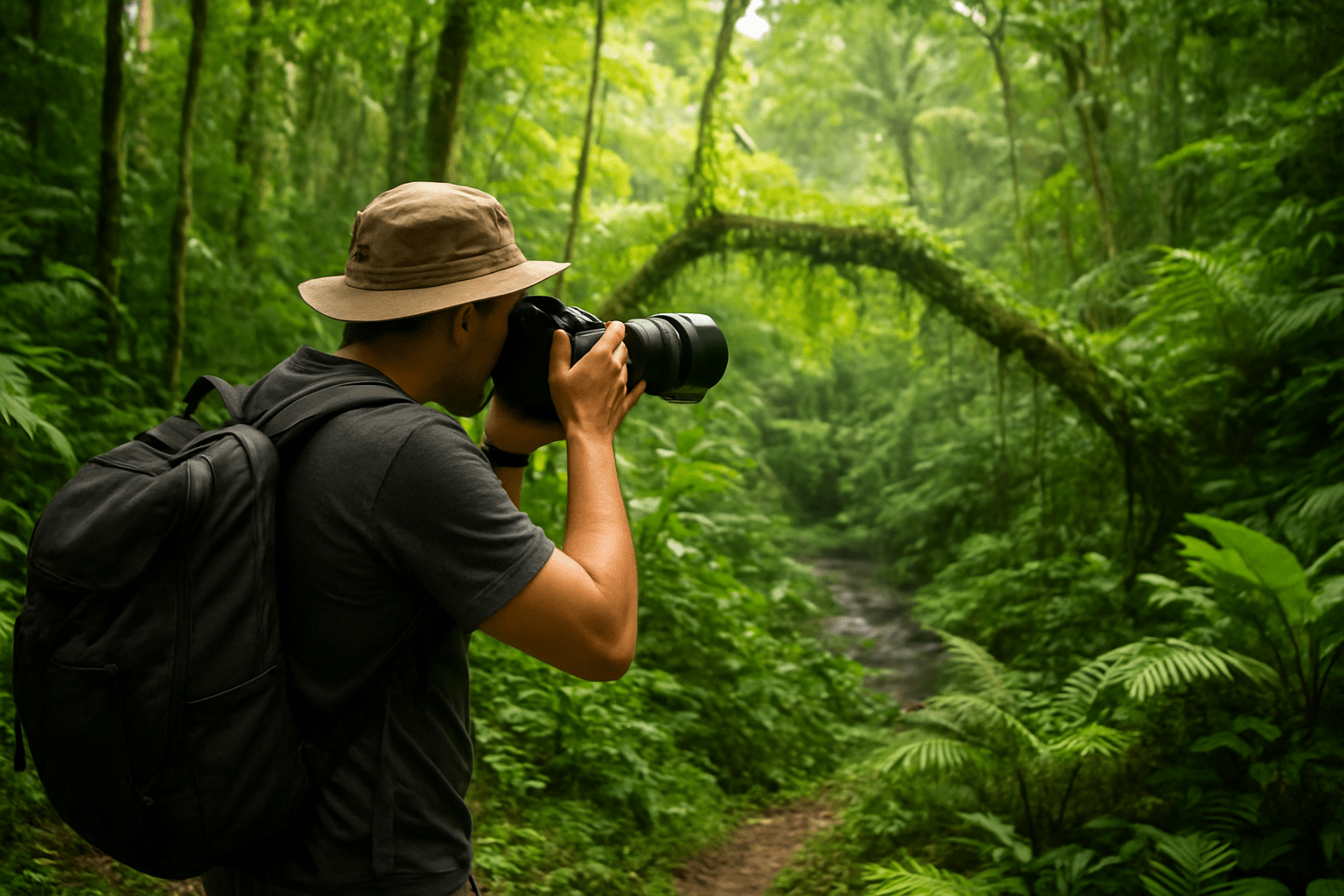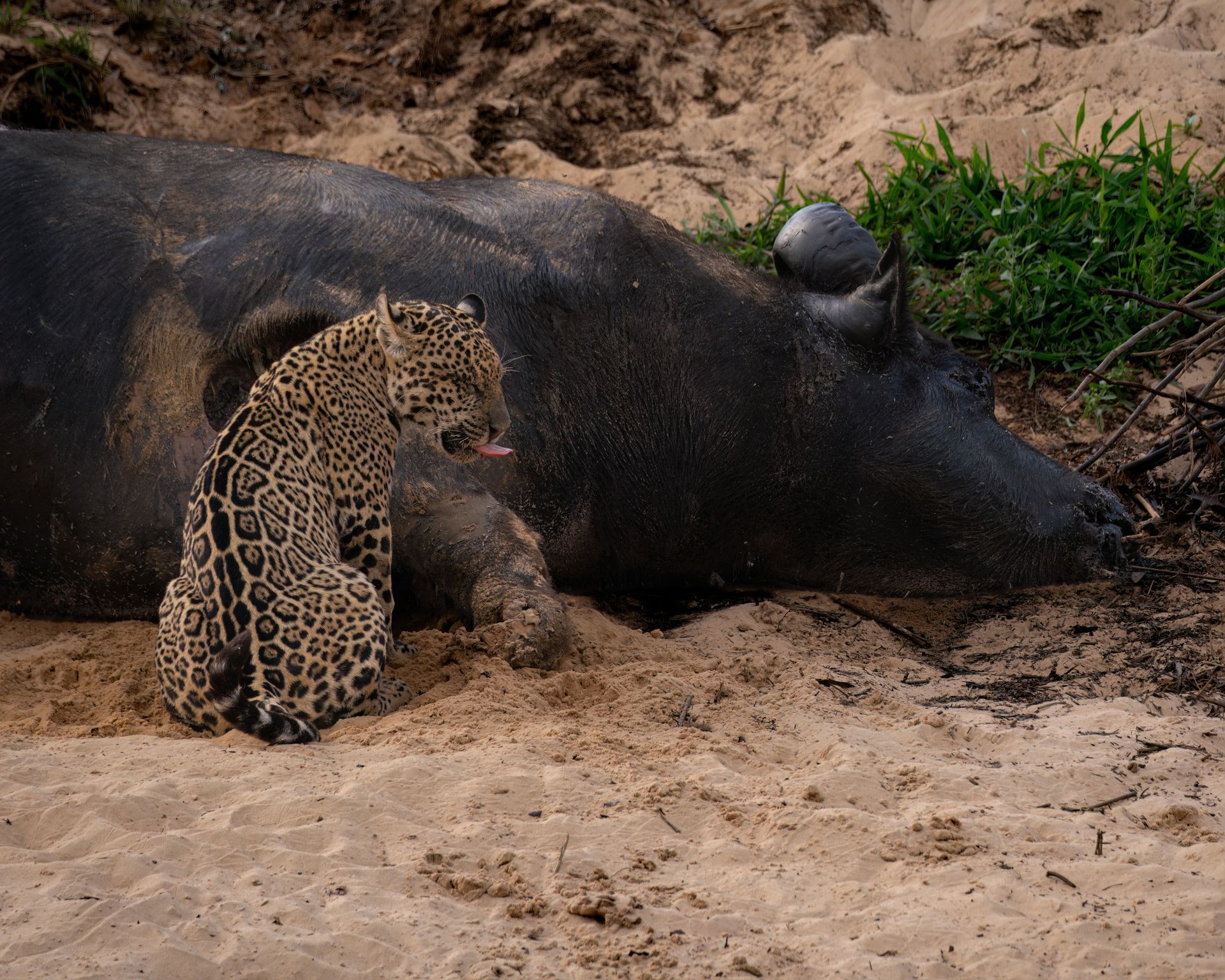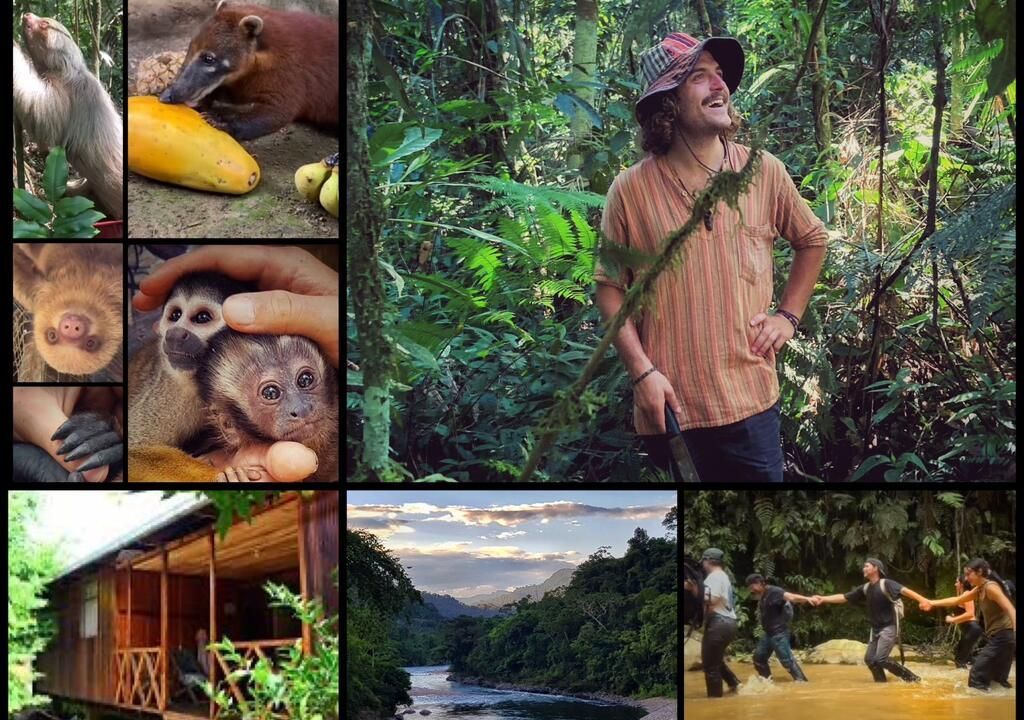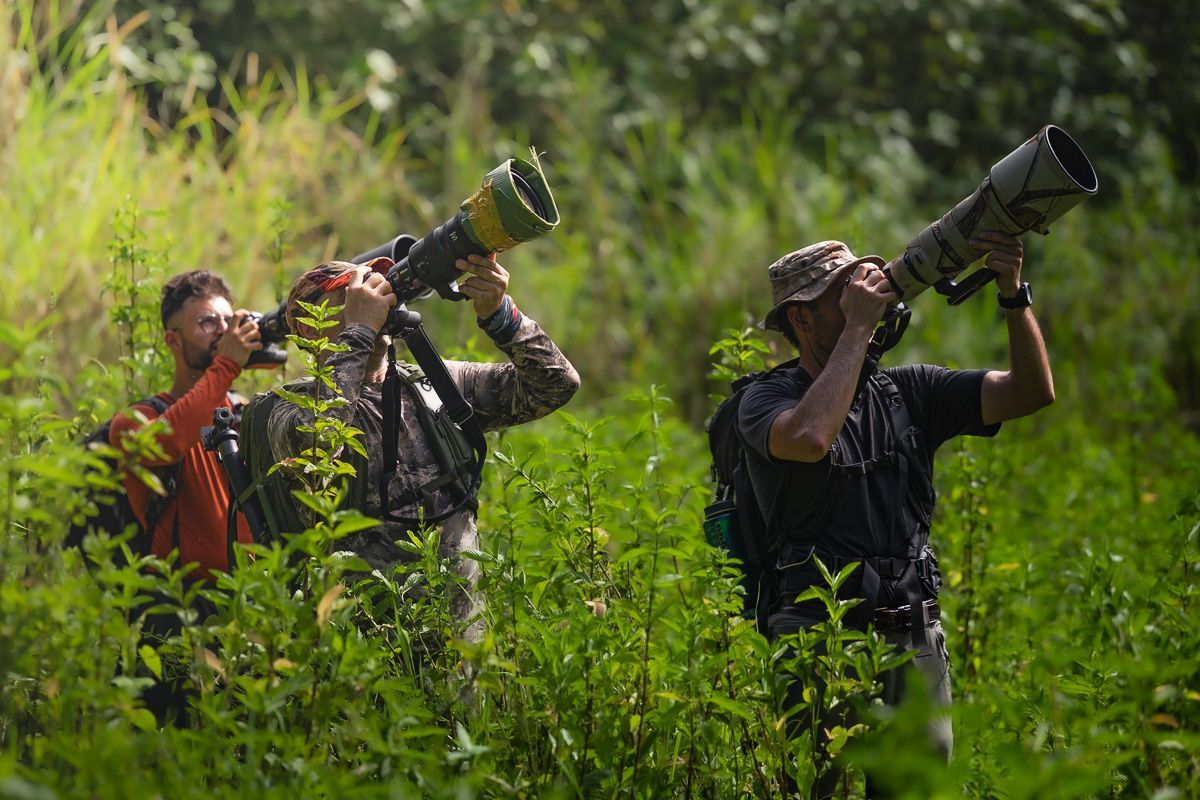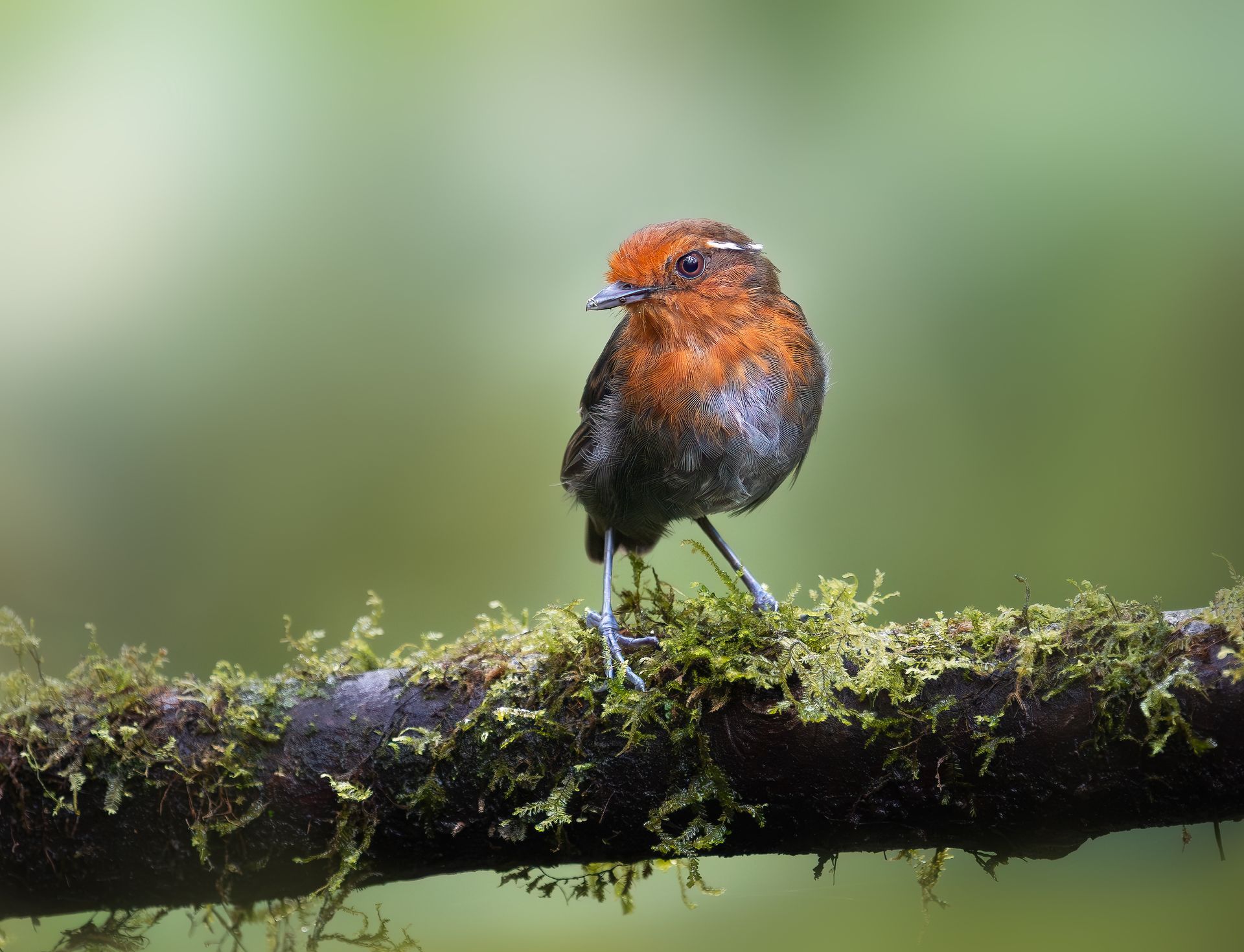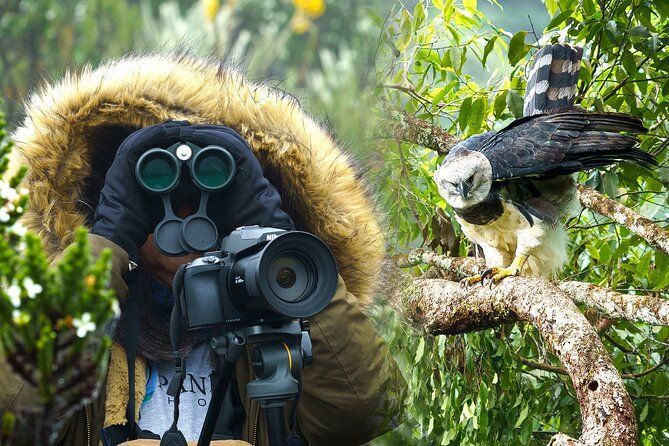Why Bird Photographers from the USA Love Ecuador’s Cloud Forest
Why Bird Photographers from the USA Love Ecuador’s Cloud Forest
The cloud forests of Ecuador are among the most magical birding destinations on Earth. Perched between the Andean highlands and the lowland Amazon basin, these mist-shrouded habitats are alive with colour, song, and movement. For bird photographers—especially those coming from the USA—Ecuador’s cloud forests offer a perfect balance of accessibility, biodiversity, and photographic opportunity.
A Biodiversity Hotspot Like No Other
Ecuador, despite being a small country, is home to over 1,600 bird species. A large portion of this richness is concentrated in the Andean cloud forests, particularly around the Mindo Valley, the Chocó bioregion, and northwestern slopes of the Andes. For photographers used to temperate North American species, the sheer variety of tanagers, hummingbirds, toucans, and trogons is overwhelming.
In just a few days, you can capture dozens of species, many of which are dazzling in colour and unique to this part of the world. The contrast between photographing warblers or sparrows in the U.S. and encountering iridescent quetzals or 20 different species of hummingbirds in Ecuador is like stepping into another universe.
Accessibility from the USA
One major reason U.S. bird photographers love Ecuador is ease of travel. Direct flights connect major U.S. cities like Miami, Houston, New York, and Atlanta to Quito in less than 6 hours. From Quito, it’s only a two-hour drive to reach Mindo, the heart of Ecuador’s cloud forest birding scene.
Unlike more remote parts of South America, Ecuador allows photographers to spend less time on logistics and more time behind the lens. Short travel times make it possible for U.S. photographers to take one-week or even long-weekend trips without sacrificing quality birding experiences.
Hummingbird Havens
Hummingbirds are a major draw. Ecuador boasts over 130 species of hummingbirds, many concentrated in cloud forests. Lodges such as Bellavista, Sachatamia, and Tandayapa are equipped with hummingbird feeders and natural gardens where photographers can set up tripods or hand-hold long lenses just meters away from these fast-moving jewels.
For American photographers accustomed to just a handful of hummingbird species at home, the chance to photograph dozens—including the Sword-billed Hummingbird, Booted Racket-tail, and Violet-tailed Sylph—is irresistible.
Bird Photography Infrastructure
Ecuador has invested in ecotourism and photography infrastructure. Many lodges have dedicated photography hides, perch setups, and controlled feeding stations. This allows photographers to capture natural-looking shots with excellent backgrounds and lighting.
In the U.S., bird photography often involves long hikes or luck at backyard feeders. In Ecuador, photographers can sit comfortably at a lodge terrace and capture frame-filling images of colourful tanagers, trogons, or aracaris as they come into view.
Familiar Yet Exotic
Another appeal for U.S. bird photographers is how Ecuador feels both exotic and familiar. The culture, language, and environment are different enough to feel adventurous, yet the tourism industry is welcoming and safe. English-speaking guides are easy to find, and photography-specific tours are common.
Many U.S. birders appreciate that they can explore such a biologically rich environment without needing complicated visas, vaccinations, or weeks off work.
Seasonal Flexibility
Ecuador’s location on the equator means that birding is year-round. While North American photographers deal with migration seasons, snow, and cold winters, Ecuador offers consistent opportunities. Different elevations and microclimates ensure that no matter when you visit, something spectacular is in season—whether it’s a hummingbird lek, tanager flock, or fruiting trees attracting dozens of species.
A Photographer’s Dream
- Lighting conditions: The mist and diffused light of the cloud forest are ideal for photography, reducing harsh shadows and glare.
- Close encounters: Birds in Ecuador’s reserves are relatively accustomed to people, allowing closer approaches than in many U.S. birding spots.
- Variety in a small area: You can photograph 50+ species in a single day without traveling far, maximizing time in the field.
Conclusion
For bird photographers from the USA, Ecuador’s cloud forests tick every box: unmatched biodiversity, easy access, professional ecotourism infrastructure, and endless opportunities for stunning photography. Whether you’re after the glittering hummingbirds, the vibrant tanagers, or the elusive Andean Cock-of-the-Rock, Ecuador delivers an unforgettable experience.
It’s no wonder more American photographers are trading the backyard feeder for the misty valleys of Mindo. Once you’ve experienced Ecuador’s cloud forest, it’s hard not to fall in love—with both the birds and the country itself.



